 Press release – PLANT TO PLATE FESTIVAL – brought to you by Sussex Green Living
Press release – PLANT TO PLATE FESTIVAL – brought to you by Sussex Green Living
Growing together – Food – Fun – Family – Free
From 10am-4pm on Saturday 26th April, Horsham will come alive to celebrate green living in Sussex – perfect for mums, dads, and little ones alike. It’s a day packed with local food, expert talks and eco-friendly fun that will inspire you and your family to live more sustainably. Spread across four unique venues in central Horsham, come along for a day of free goodies, family-friendly activities, and caring community vibes at the Plant to Plate Festival!
At the Sussex Green Hub, in the United Reformed Church, you will find advice and simple energy-saving hacks to reduce utility bills, our popular Horsham Repair Café who might help you fix that zip, clock or kettle. There will be free food stalls at the Horsham Community Fridge, our Refill Shop to top up on all of the essentials, and don’t forget to treat yourself to one of the Sussex food or drink artisan delights – of course all in line with reducing waste.
At the Unitarian Church Hall and gardens, green thumbs can get hands-on gardening tips from the experts with activities like ‘take it away’ seedlings, books and goodie stall and ways to reduce your food waste. There’s also the chance to get your hands dirty with composting and wildlife-friendly gardening advice and nature activities for the kids.
The Quaker Meeting House will play host to an array of expert talks and demonstrations, including how to avoid that problematic packaging that just can’t be recycled and ideas on how to cook tasty healthy meals that can reduce your impact on the planet.
Stop off at the Bishopric Market on your way between the venues, hosting fresh fruit, veggies, plants, and even retro pre-loved treasures for your home. Enjoy live music, meet warm-hearted community volunteers, and explore the vibrant eco float that’s been creatively refurbished to lighten our carbon footprint.
Whether you’re already deeply passionate about taking care of our planet or just starting out, the Plant to Plate Festival has something for everyone. Bring your family and friends, learn new ways to live more sustainably, and join us in building a brighter, greener future for Sussex – one plate and one plant at a time!
Mark your calendars – we can’t wait to see you there!
Events Calendar | Sussex Green Living


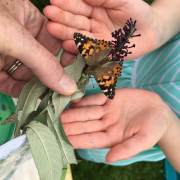
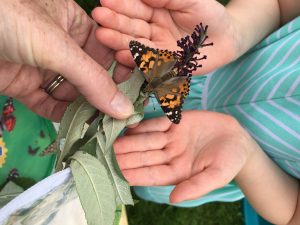 24 May – 1 June 2025
24 May – 1 June 2025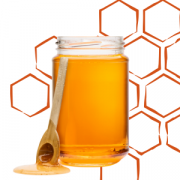
 by Daisy Day, Master Beekeeper
by Daisy Day, Master Beekeeper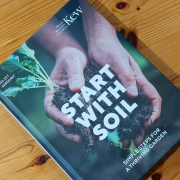




 Press release – PLANT TO PLATE FESTIVAL – brought to you by Sussex Green Living
Press release – PLANT TO PLATE FESTIVAL – brought to you by Sussex Green Living
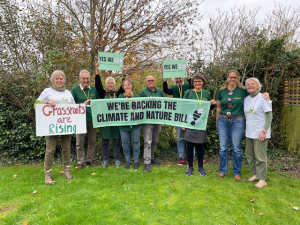
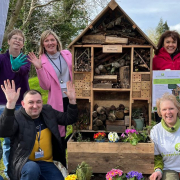
 Getting Sussex Buzzing again!
Getting Sussex Buzzing again!
 From the Path to the Shop: Natural community food production. With all the worry about climate change and food production, it feels important to get to know one another to develop good practices for improving soil fertility and the production of local organic food.
From the Path to the Shop: Natural community food production. With all the worry about climate change and food production, it feels important to get to know one another to develop good practices for improving soil fertility and the production of local organic food. 



 We are all aware of the urgent need to protect our nature which has been depleting at a rapid rate. If you want to make some changes at home to protect nature, boosting the biodiversity in your garden or outdoor space is a great place to start.
We are all aware of the urgent need to protect our nature which has been depleting at a rapid rate. If you want to make some changes at home to protect nature, boosting the biodiversity in your garden or outdoor space is a great place to start.
 We all want a world where our climate is stable, nature thrives, and where all people have health, happiness, and prosperity – it’s our human right, right?
We all want a world where our climate is stable, nature thrives, and where all people have health, happiness, and prosperity – it’s our human right, right?
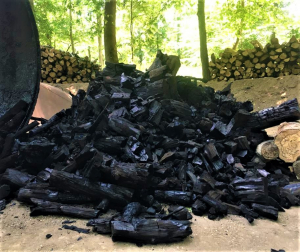

 As a child, I never understood the saying, “It’s an ill wind indeed that blows no good,” but I recently realised that’s what’s happening now.
As a child, I never understood the saying, “It’s an ill wind indeed that blows no good,” but I recently realised that’s what’s happening now.
 2023 is the tenth anniversary of Veganuary, a month during which people don’t fast entirely, but simply commit to just eating plants.
2023 is the tenth anniversary of Veganuary, a month during which people don’t fast entirely, but simply commit to just eating plants.
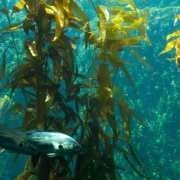
 Did anyone see the coverage of the Earthshot awards presented by the Prince of Wales in Boston earlier this month? They were awards given to organisations, companies or cities recognised as making a significant contribution to dealing with climate change, reviving our oceans, and other similar objectives. You can watch the whole ceremony on
Did anyone see the coverage of the Earthshot awards presented by the Prince of Wales in Boston earlier this month? They were awards given to organisations, companies or cities recognised as making a significant contribution to dealing with climate change, reviving our oceans, and other similar objectives. You can watch the whole ceremony on 

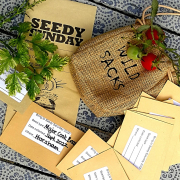
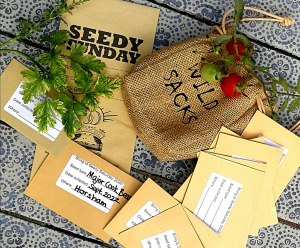 Did you know that farming more in harmony with nature can not only replenish the soil (without the need for manufacturing and transporting factory-made chemicals long distances in plastic bags) but can also produce crops throughout the year because different foods can be grown together, in the same way as they are on an allotment?
Did you know that farming more in harmony with nature can not only replenish the soil (without the need for manufacturing and transporting factory-made chemicals long distances in plastic bags) but can also produce crops throughout the year because different foods can be grown together, in the same way as they are on an allotment?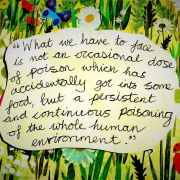


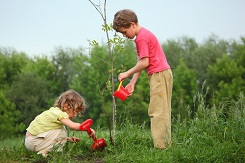 As one of her final decisions, the Queen chose to mark her Platinum Jubilee this year with the
As one of her final decisions, the Queen chose to mark her Platinum Jubilee this year with the 


 I have been blessed to spend 20 years working in the Ecuadorian Amazon and Choco cloud forest, a world away from my home in Pulborough.
I have been blessed to spend 20 years working in the Ecuadorian Amazon and Choco cloud forest, a world away from my home in Pulborough.
 Swifts have been thriving for about 70 million years, when they would have been nesting in crevices in rocks and trees alongside the last of the Tyrannosaurs. But despite millions of years, something has now gone dramatically wrong, and UK numbers have plummeted in the last 25 years.
Swifts have been thriving for about 70 million years, when they would have been nesting in crevices in rocks and trees alongside the last of the Tyrannosaurs. But despite millions of years, something has now gone dramatically wrong, and UK numbers have plummeted in the last 25 years.

